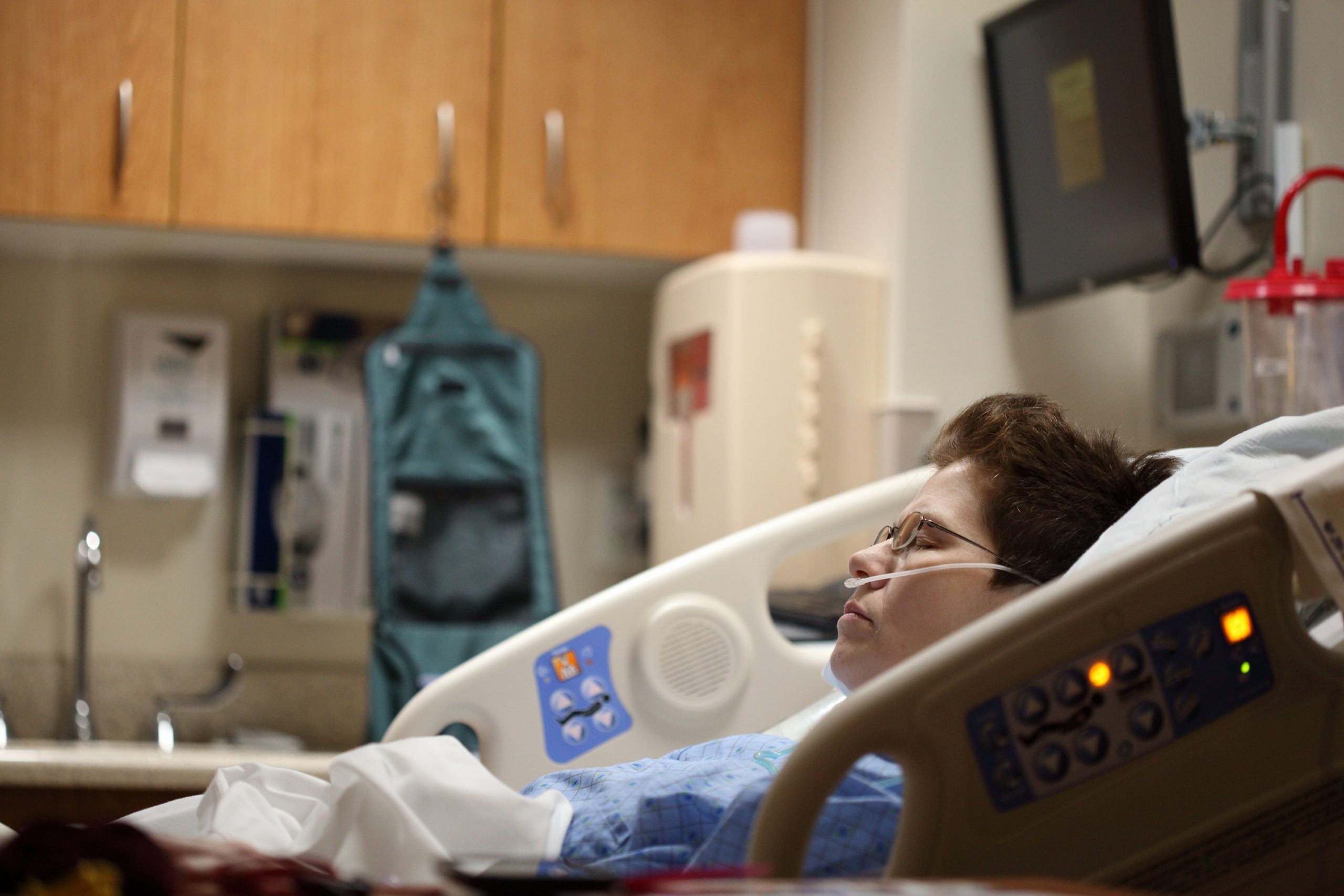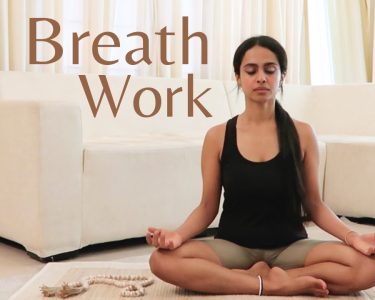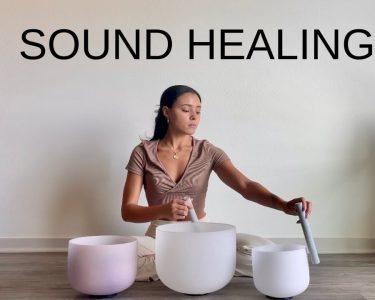It is crucial to provide accurate and reliable information to the readers while maintaining journalistic ethics. The following article aims to shed light on the latest advancements in hand rehabilitation techniques for stroke survivors, specifically focusing on restoring dexterity in their hands. Through thorough research and uncovering reliable sources, the article will provide valuable insights into the innovative methods being used in the field of stroke rehabilitation.
Stroke, a leading cause of disability worldwide, often results in impairments in hand function, significantly affecting the daily lives of survivors. However, with advancements in medical technology and research, cutting-edge methods are being developed to help stroke patients regain dexterity in their hands, providing them with renewed hope and improved quality of life.
Cutting-edge Methods in Hand Rehabilitation: In recent years, there have been significant advancements in hand rehabilitation techniques for stroke survivors. These methods aim to promote neuroplasticity, the brain’s ability to adapt and rewire after injury, to improve hand function. Some of the cutting-edge methods being used in stroke rehabilitation include:
- Robotic-assisted Rehabilitation: Robotic devices with sophisticated sensors and algorithms are being used to provide precise and repetitive hand movements, facilitating motor recovery in stroke patients. These devices offer customizable therapy plans tailored to the individual needs of each patient, resulting in improved hand dexterity and functionality.
- Virtual Reality (VR) and Gamified Rehabilitation: Virtual reality and gamified rehabilitation programs are being used to create an engaging and interactive environment for stroke patients during their rehabilitation sessions. These programs provide a fun and stimulating way to promote hand movement, coordination, and strength, resulting in improved hand function.
- Electrical Stimulation: Electrical stimulation techniques, such as functional electrical stimulation (FES), are being used to stimulate the muscles in the hand and forearm, facilitating motor recovery. These techniques can help retrain the neural pathways and muscles involved in hand movements, leading to improved hand dexterity and functionality.
- Constraint-induced Movement Therapy (CIMT): CIMT is a technique that involves restraining the unaffected hand to promote the use of the affected hand in stroke survivors. This approach encourages repetitive use of the affected hand and helps rewire the brain to regain hand function and dexterity.
- Neurofeedback: Neurofeedback is a technique that uses real-time monitoring of brain activity to provide visual or auditory feedback to stroke patients. This feedback helps patients to learn and adapt their brain activity, leading to improved hand function and dexterity.
Restoring dexterity in the hands of stroke survivors is a critical aspect of their rehabilitation journey. With cutting-edge methods such as robotic-assisted rehabilitation, virtual reality, electrical stimulation, constraint-induced movement therapy, and neurofeedback, stroke patients are now benefiting from innovative approaches to regain hand function. These advancements offer new hope and possibilities for stroke survivors, providing them with the opportunity to regain independence and improve their overall quality of life.
It is important to verify information and sources thoroughly, adhering to journalistic ethics, and providing accurate reporting to inform and educate readers. By shedding light on these cutting-edge methods, this article aims to create awareness about the advancements in stroke rehabilitation and provide valuable information to readers interested in this topic.




